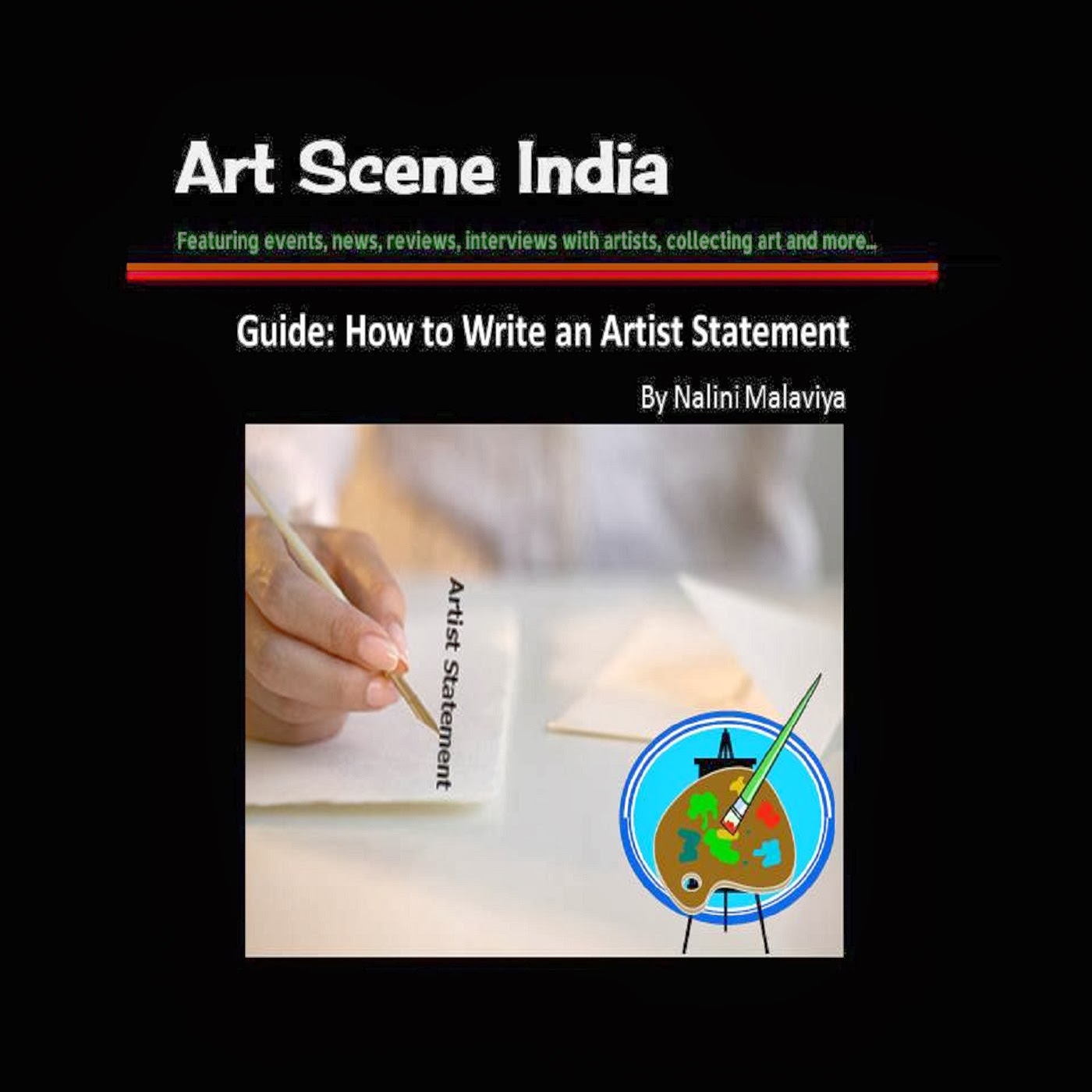For artists, photographers and writers it is important to have a strong online presence. Here’s what you can do to create one.
In today’s Internet age, it has become vital to create an online presence which supports your artistic and entrepreneurial practice. In India, access to computers and the Internet has risen enormously in the last few years, however I still find that many artists and writers are reluctant to utilize and leverage the advantages of building an online presence.
What is an online presence?
An online presence is the consolidated result of multiple efforts and activities around your website, social media networks, your interactions on various fora, any articles that you may have written and press/media coverage. Now, what this does is it creates an identity which represents you and your activities in the virtual world.
It is important to realize that it takes time and effort to build an online presence and be patient.
Advantages of an online presence
One of the major advantages that I find is that it allows me to connect with people who have a similar interest and in this case with artists, writers and art connoisseurs. It therefore allows one to have a much wider reach and lets you connect with gallerists, dealers, writers, curators, potential buyers and so many other people who would otherwise find it impossible to access you. It is also a great way to build your brand and expand your business.
Have a Website or Blog
The first thing that you can do is to create a website or a blog which represents your art or writing, showcases some of your works, gives some details about your exhibitions and shows, articles, lists out your profile in brief and provides links to other websites that sell your work, have articles either by you or about you.
I think it’s very important to create a website which appears to be professional – well designed with a good format that lays out all the important information prominently and has quality content free from grammatical errors. An attractive looking website is definitely an advantage and here is where your artistic sensibilities can be put to good use!
Be Social
Social media is not just about posting images and the occasional comment, but I see it more as building a relationship. And, it is really interesting how you start getting to know people even when you interact with them just in the virtual world and have never met them otherwise.
Facebook is one place where I find so many artists and other creative people, so it appears that most artists are already utilizing at least one social media option. But there are other options as well, Pinterest and Instagram work very well for image oriented content.
Google+ is another great tool which allows you to create communities, share images and information and to also connect through hangouts. I now find a lot of artists and photographers on G+. It is also a great way to present your artworks and to find potential clients. Linkedin also works well for the art community, especially the business side of it.
I think there are very few artists from India on Twitter and I really wonder why, because it seems to be a great place to tweet about your latest artwork, blog post or an event, etc and to reach out to a really large number of people.
Some of the points to remember here are
- Share other artists’ and writers' works too
- Comment frequently and try to say something positive about others’ works
- Please don’t keep posting the same image over and over again
- Do not start chatting the moment you see someone online, I know some people find it irritating and it’s always better to first send a mail or message.
- Always make sure that you provide a link to your website so that people have the option of visiting it.
- When you post images it is a good idea to mention a few lines about it.
I hope this helps you and if you are already well versed with the tools to building a strong online presence, then I would love to hear from you. It would be great to know what has worked for you and what is the ONE advice that you would give others. Share with us in the comments section below.
If you enjoyed reading this article and you think it could help others as well, please share it using the social media widgets at the top.







![Art by Reena Saini Kallat, [en]counters 2014: Is there love in this air? Art by Reena Saini Kallat, Image courtesy ArtO2](https://blogger.googleusercontent.com/img/b/R29vZ2xl/AVvXsEj6ntD9bjTwBztzyX6DiQWiHxFkQpqN49xzQbZAmHPjbnQVf53wlN3lnRh77poziUTTI8OWPkXaZ75P8f5ySHbd1WxqNAcQdgrDJaNo7s06JAhRJy_cCB0Qaovq9DB-xhgvq9MuwA/s1600/reena.jpg)
![Art by Pradeep Mishra, [en]counters 2014: Is there love in this air? Art by Pradeep Mishra, Image courtesy ArtO2](https://blogger.googleusercontent.com/img/b/R29vZ2xl/AVvXsEgvQ0Wm8S8-bhEqGlp9MrtfLxQciGJXm-mxjrPv1YGv7OOSGkS4VjbZ0ao1tw1nuSYfYqvTaHIDo1TukUF71BPtkOo6jv3iyHQU9Wrunxn-TTBpW4iOnmmvO_Tp2rxOUJMcqn1hIg/s1600/pm1.png)